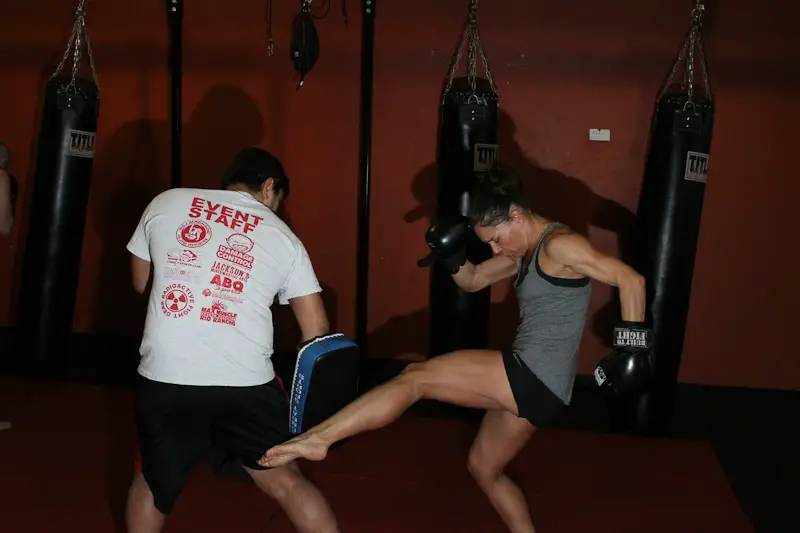This post may contain affiliate links to products or services which, if you purchase, may result in my earning commissions at no additional cost to you.
Written by Dr. Beau B Hightower DC, MS, CSCS, CES
In our culture, we tend to take preventative measures to ensure our beauty, our financial security, and even our health. An example of this is the culturally accepted notion that dental health is a responsibility that falls upon the patient and not the dental professional. We as Americans clean our hair, our skin, and brush our teeth everyday. Most people floss their teeth regularly. However, we tend to neglect the system responsible for our ability to navigate the world. What are we doing as Americans, as fighters, and as fight fans to keep our musculoskeletal systems healthy and active?
Self myofascial release is beginning to gain great traction among the fitness and medical community, and is one of the concepts that I stress to my patients everyday at Elite Ortho-Therapy and Sports Medicine, whether the patient is a championship fighter or a retired veteran. Self myfoascial release is a way of elongating and stretching the connective tissues and muscles throughout our body to maintain optimal function. Muscles are rich in blood supply, and go through a continuous process of “tearing” and “rebuilding” as we use them to accomplish our daily activities such as picking up groceries, taking out the trash, or in the case of many of our readers, take an opponent to the mat. Fascia is a dense connective tissue that does not have a rich blood supply, and take a significant amount of time to warm up before activity. Both of these tissues respond incredibly well to Self Myofascial Release or SMR for short. SMR causes a mechanical and neurological relaxation and lengthening of these tissues, and allows them to function through their designed range of motion. Most injuries start as very minor micro-tears along the muscle and connective tissue. Next, a repetitive tear-and-repair cycle causes soft tissue dysfunction to develop. The athlete then begins to experience pain and stiffness in the area. which can lead to local injury or injuries up and down the kinetic chain.
The most common devices used to apply SMR are foam rollers, lacrosse balls, myofascial sticks, and myofascial “canes”. These tools can prevent and repair injuries such as anterior and posterior shoulder pain, IT band syndrome, lower back pain, shin splints, plantar fascitis and more. Research has shown repeatedly that static stretching is not the definitive answer to musculoskeletal problems, and while there are few papers relating to foam rollers and others, there is plenty of clinical evidence in the athletic community. Stretching tends to put stress at the tendon-bone intersection, and the muscle-tendon intersection, while restrictions within the belly of restricted muscles remain unaffected.
One of the top UFC welterweights in the world that I was my patient used a foam roller almost exclusively to resolve a knee injury en route to a victory over the number one contender in the world. Bellator fighters Lenny “The Godfather” Lovato Jr. and Josh “Big Country” Lanier have used these devices consistently to stay healthy in the buildup to Bellator 91 in Rio Rancho, New Mexico.
With the help of self myofacial release, you will keep rolling (pun intended) towards your athletic goals.
Dr. Beau Hightower is a former collegiate athlete and avid fight fan. He serves as the President of Elite Ortho-Therapy and Sports Medicine LLC, the premier sports injury resolution center in New Mexico.
Elite-OSM.com








